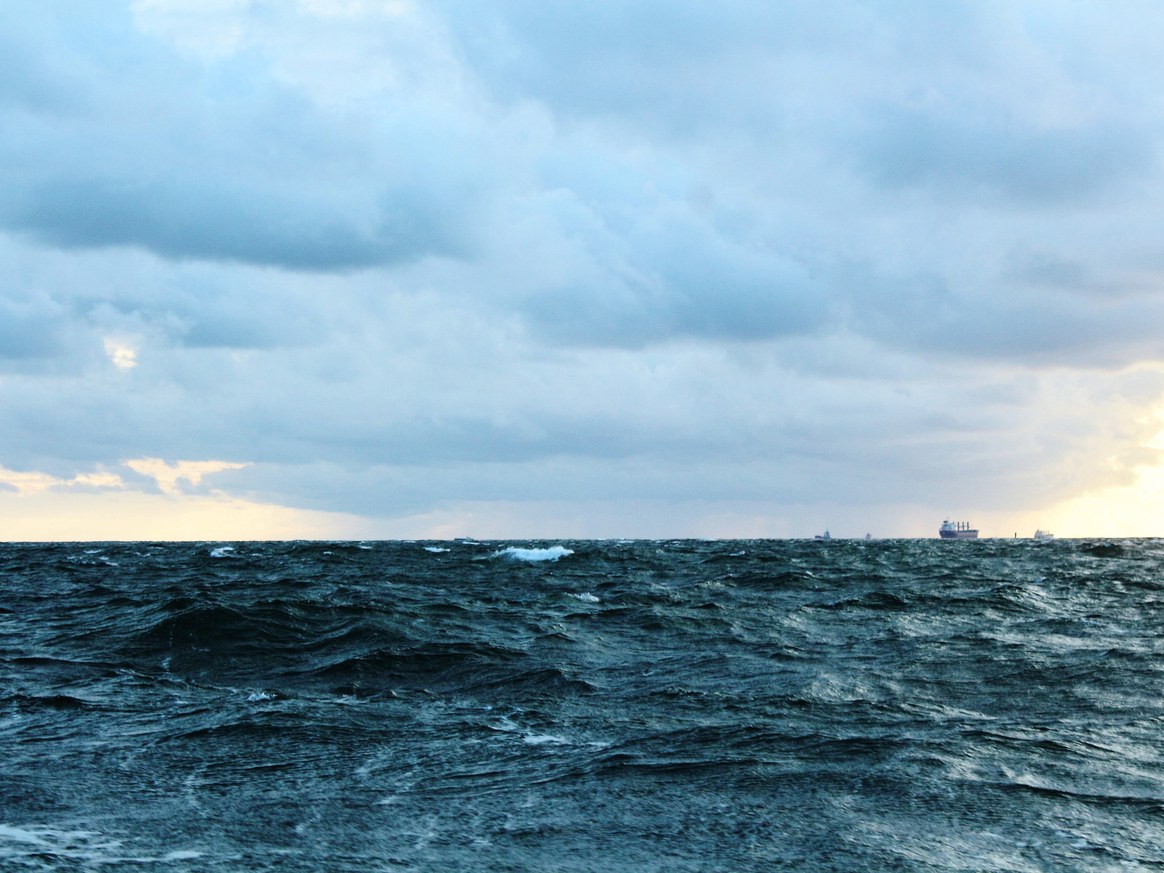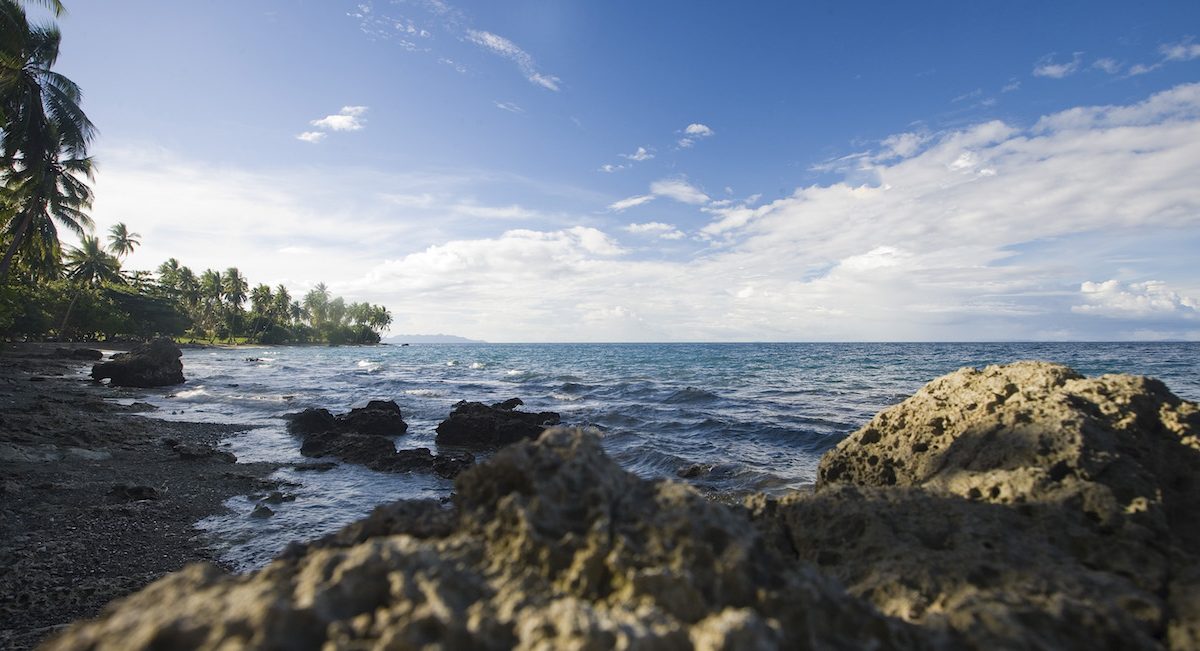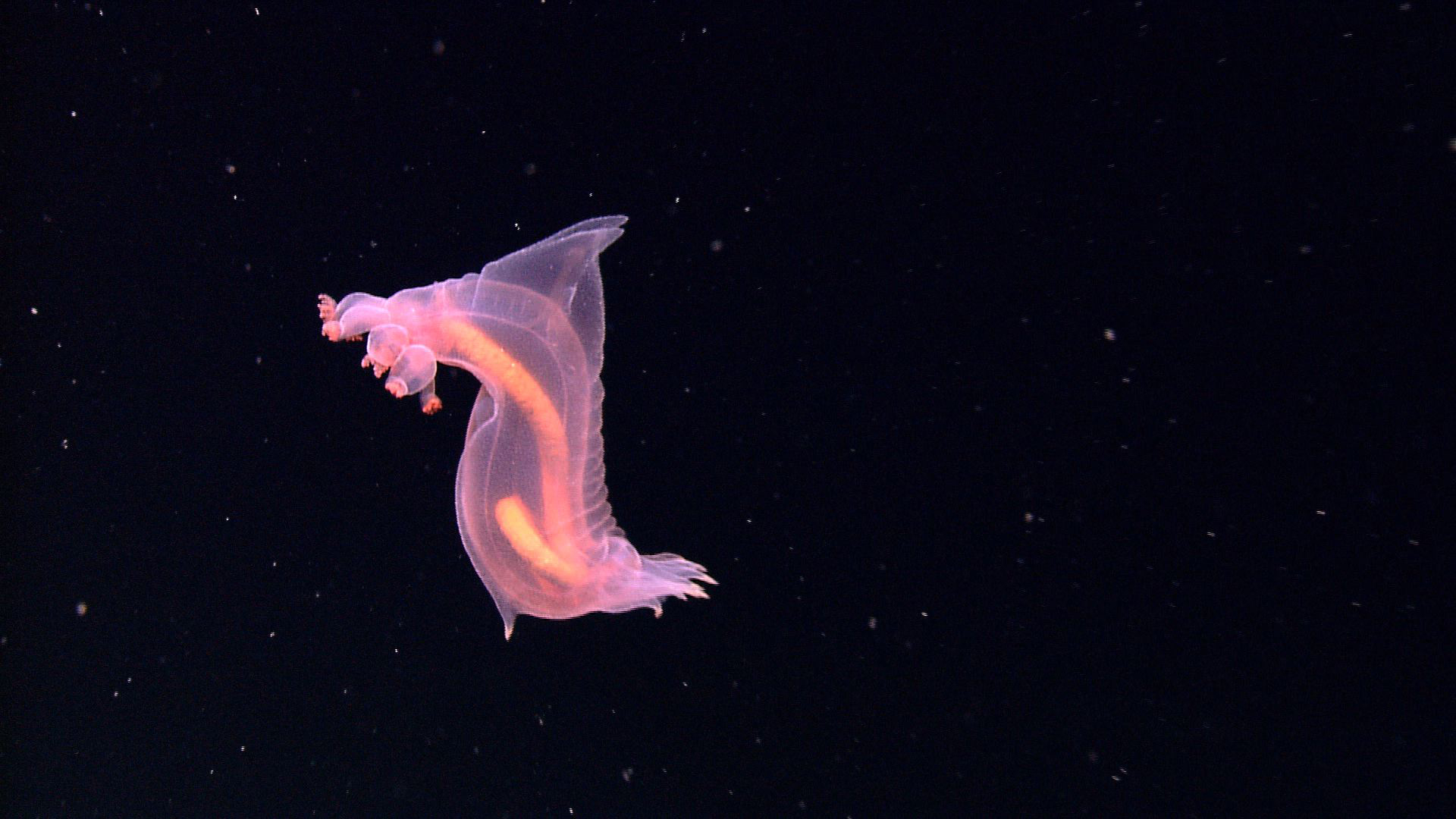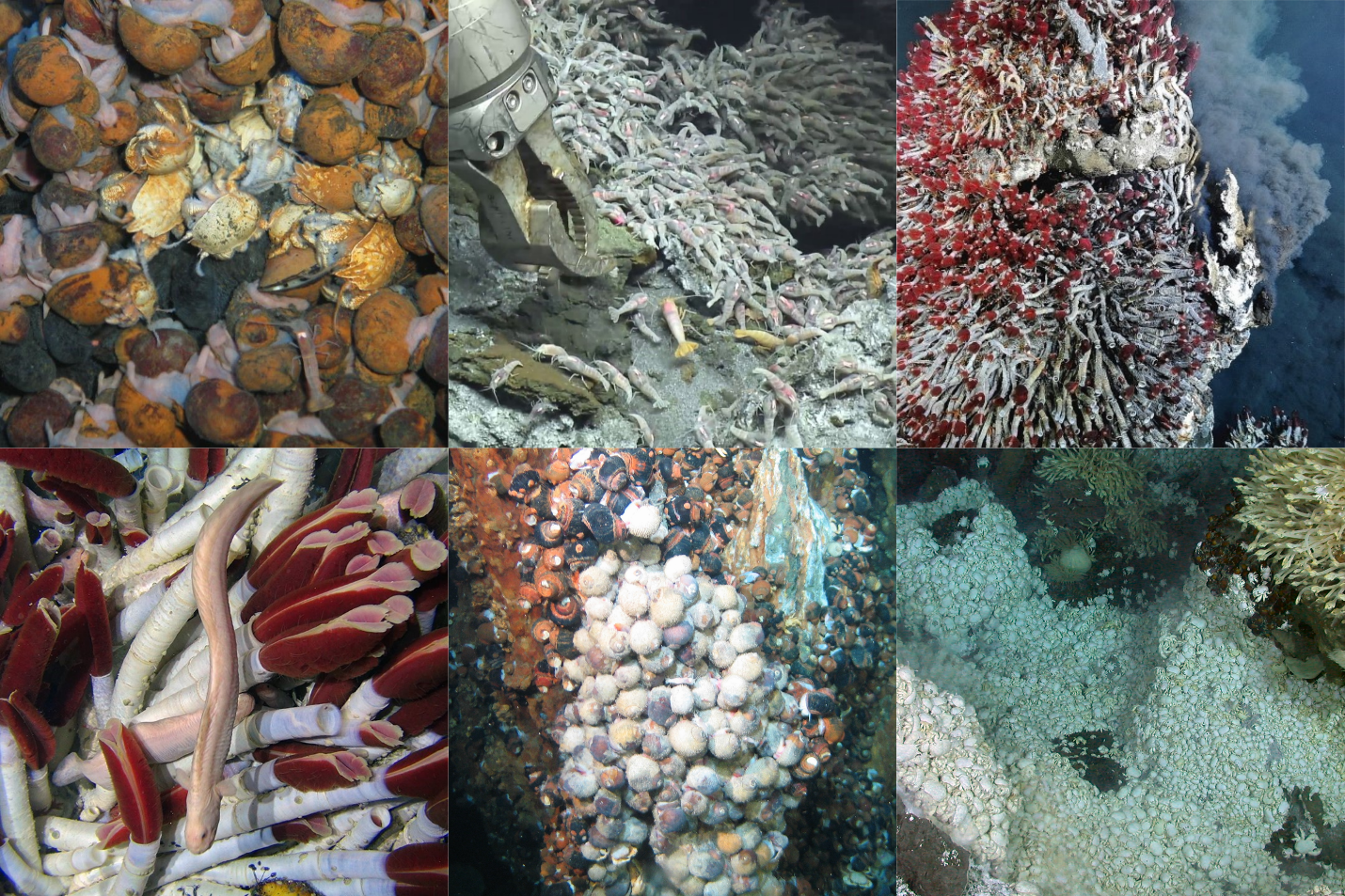ERIC NILLER on WIRED | 20 December 2017
“Ocean explorers and entrepreneurs have been thinking about how to scoop up mineral-laden deposits on the seafloor since the HMS Challenger dragged a few up in a bucket during its globe-trotting scientific voyage in the 1870s. A century later, the CIA used deep sea mining as a cover story for a secretive plan to recover a sunken Russian nuclear sub.
Now, it’s a serious engineering proposition. Companies in Belgium and the UK are testing crawlers and rovers to suck up potato-sized nodules on the seabed. And companies backed by Chinese, Japanese, and Korean governments are investigating the idea of drilling into the sides of underwater volcanoes or breaking off chunks of inactive hydrothermal vents—both places where minerals are deposited over time.
But some conservation groups worry that this seabed suction and the resulting clouds of sediment will kill sea life that can’t move out of the way: tiny sponges, corals, and slow-moving mollusks that exist nowhere else. And a group of scientists are trying to get ahead of the problem, working with the would-be miners to build dredging technology that will minimize environmental destruction.”






